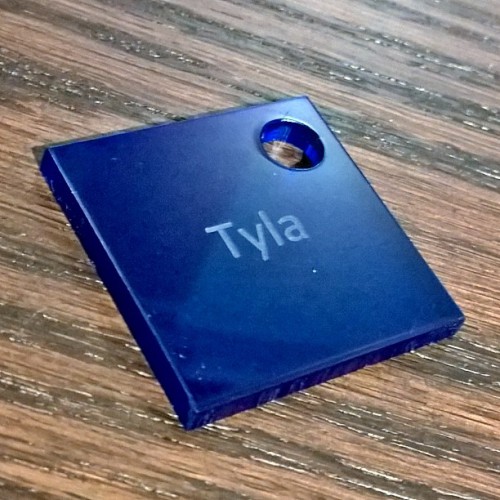 Tyla and I cut way back on our TV viewing when Elijah was born, but now we are starting to use the TV a little more with him. I’m trying to avoid buying discs and instead I’m relying on the wealth of content that available for streaming online. We have an Xbox360 hooked up to that TV because that’s how we connect to our Windows Media Center. It has most of the apps that we need, but it takes quite a while to boot it up, cancel out of Media Center, find the right app and then boot it. That minute or two might not sound bad but you’re not imagining the bouncing two year old at your side.
Tyla and I cut way back on our TV viewing when Elijah was born, but now we are starting to use the TV a little more with him. I’m trying to avoid buying discs and instead I’m relying on the wealth of content that available for streaming online. We have an Xbox360 hooked up to that TV because that’s how we connect to our Windows Media Center. It has most of the apps that we need, but it takes quite a while to boot it up, cancel out of Media Center, find the right app and then boot it. That minute or two might not sound bad but you’re not imagining the bouncing two year old at your side.
I decided it was time to pick up a Roku device and I went for the Roku 2. I do like the 3 and 4 but I wanted to stick with an infrared remote so that we could use our existing Harmony remote. I really like having only one remote to control everything.
We also have a WD TV Live (don’t buy one), and an Amazon Fire TV (awesome!) in the house. I bought the Roku instead of another Fire TV mostly because I wanted to try it out and this seemed like a good excuse.
The UI of the Roku is a little more primitive than the Fire TV, but it has a great selection of apps and it’s very simple to use. We quickly loaded up Amazon Instant Video and PBS Kids. Those two apps alone will keep Elijah entertained for much longer than we will let him watch TV.
I’d happily recommend either a Fire TV or a Roku to anyone looking for a new device. If you’re a big Amazon Video user than the Fire TV probably gets the edge. Otherwise you can’t really go wrong with either device.










The Future Of TV
Next, fire up this video. It’s a highlight of the top YouTube stars from 2015. Recognize any of them? If you’re over 20, congratulations if you get more than one or two.
Put those two things together and you can see that the kids growing up today don’t care about the sitcoms or reality shows on TV. They don’t care about traditional television studios and actors. They are gobbling up content from YouTube stars.
At 35, I’m an old fart in this discussion and my opinion is hardly relevant, but I’ll tell you how my viewing habits have changed. I used to consume a LOT of TV. My scheduled recording list was 40-50 shows long (granted not all of them were actively producing episodes at the same time.) Now it’s down to about half a dozen. On the other side, my YouTube subscription count has gone from 2 or 3 to 39. I love YouTube content because there is a video for every niche. For a while I was watching a bunch of RC plane channels and now I’m watching a lot of woodworking channels. The people in these videos are more “reality” than any reality show on TV. I’ve interacted on social media and even snail mail with a bunch of them. It’s way more engaging than drooling on a couch chuckling at a joke written to appease the lowest common denominator.
So no, TV isn’t dead today or even in five years. If I knew how old-fashioned television studios were going to survive this, I’d probably be a wealthy man. But just keep this in mind the next time you hear about some kid watching YouTube. It’s not just a bunch of people getting kicked in the balls anymore. There are billions of hours of legitimate content out there and all those eyeballs are creating some impressive business opportunities.